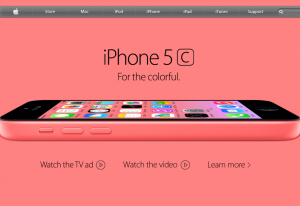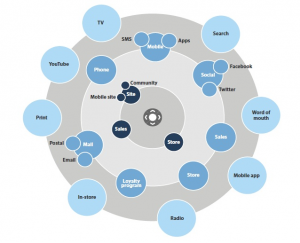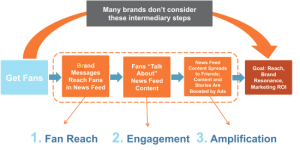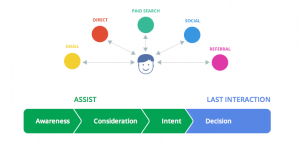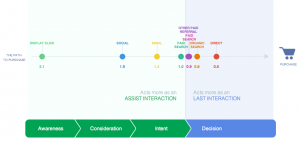The vibrant Apple community exists as it clearly articulates a belief system that attracts Apple fanatics with common interest and beliefs. This is the primal code (7 pieces of code).
1. Creation Story – Apple’s origin story continues to inspire followers.
2. Creed – Shared vision, values, reason. Their core operating principle is to think different.
3. Symbols. The apply icon is easily identifiable and iconic. It is incorporated within product design and packaging, offers users the Apple experience. Apple includes social icons such as Ghandi, Muhammed Ali, John Lennon and Yoko Ono
4. Sacred words. Specialized product vocabulary and hierarchy
5. Rituals – community in motion. For instance, stores feature the “genius bar”
6. Nonbelievers- countertrend. There are people who would never be part of the Apple community.
7. Leader – Steve Jobs was the iconic leader who recreated the world
Apple’s innovative website featuring their latest products
To integrate customers into the Apple experience, I strongly encourage further applying the Energize-Support-Embracing framework.
Energizing – Apple should continue to get their customers to evangelize products by encouraging online discussion and fuelling their passion for the latest products. It even had a product evangelism campaign in 1983 to promote the development of software programs for the Mac.
Supporting – A “Think Different” campaign would be fascinating and encourage customers to help troubleshoot each other’s problems, employee development programs to encourage customers to ask questions
Embracing – Apple could include fans in design campaigns and and improving product and promotional processes
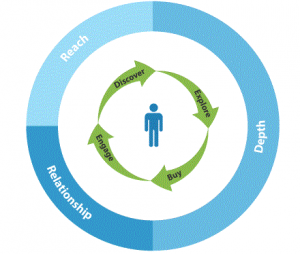
RaDaR Framework enables companies to look at the way their customers look at products – ongoing sequence of reach channels, depth channels and relationship channels
Reach channels – get Apple into the consideration set. Word-of-mouth through avid fans and branded searches followed by branded searches (traditional channels like creative iPod TV ads and in-store displays)
Depth channels – Apple website which features the latest product, the in-store environment and salespeople and their committed salesteam offering personalized advice to guide customers to a purchase
Relationship channels – serve the interested Apple community via mailing lists or follow them in social media are existing and satisfied customers. It sends out satisfaction surveys to gauge customers’ in-store experience. It is important to constantly stay in touch with biggest fans.
These are channels in which Apple can continue to keep in touch with its customers.
In essence, Apple is doing a great job building a social brand community, but needs to improve on its retail store environments. It should continue to meet these criteria along the 4 dimensions of people, process, culture and technology. Value is created in 3 different ways: user-to-user, administrator-to-user and user-to-administrator. Apple has been doing a great job of innovating and rolling out new versions of existing products – experimentation and learning are key to successful development of online communities: needs and expectations of users evolve over time.

